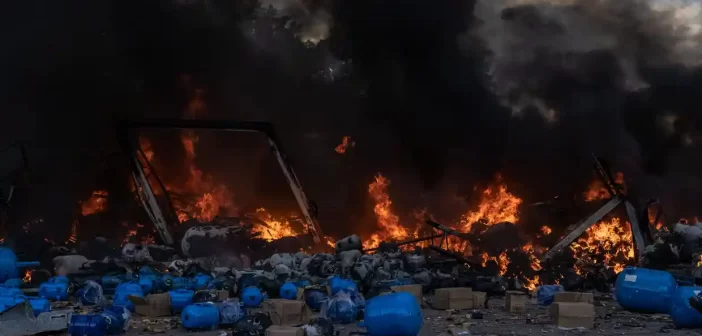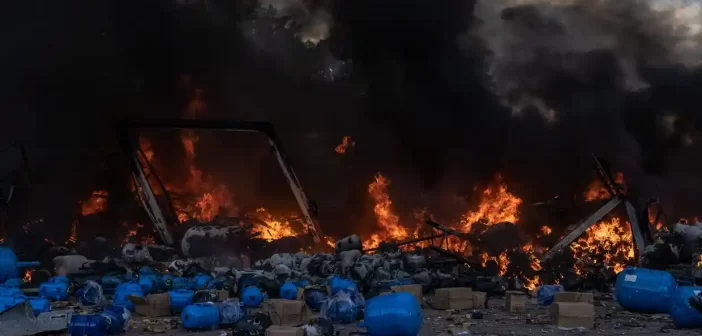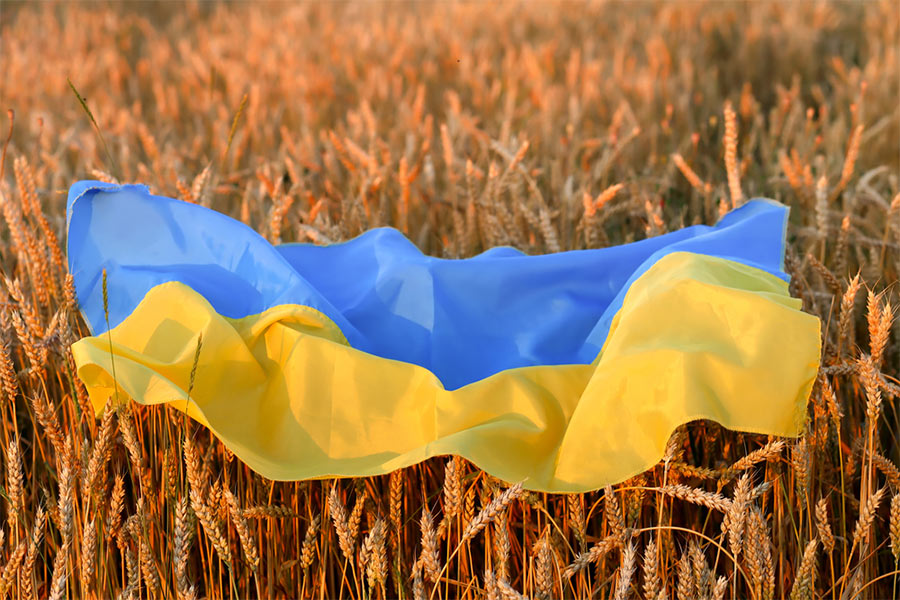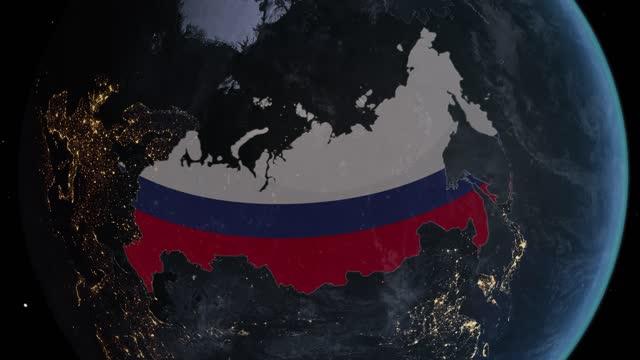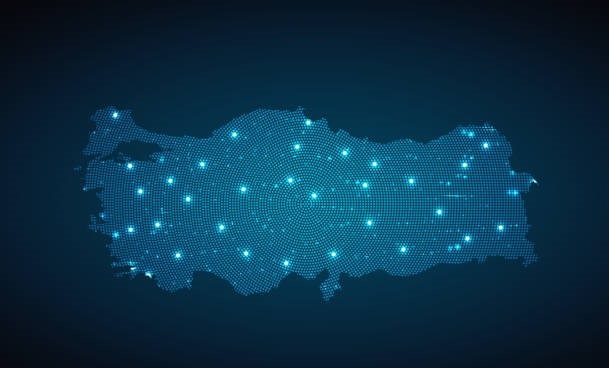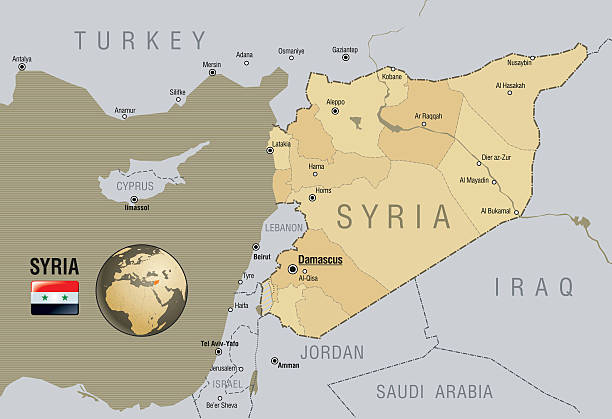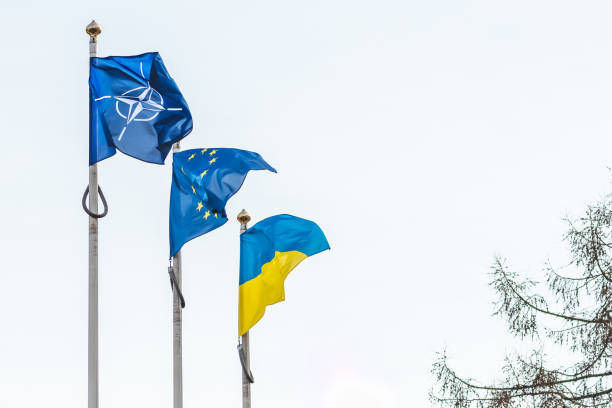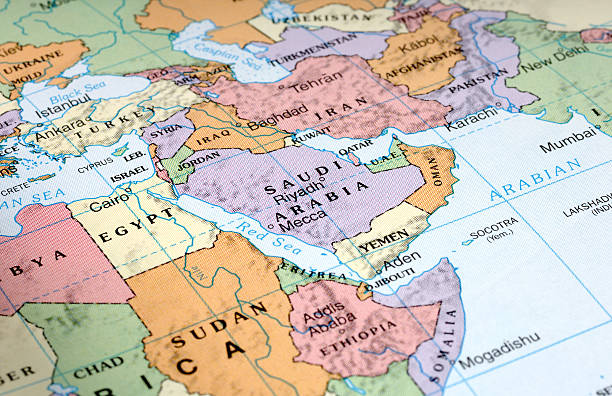On June 15, the New York Times reported that heat waves are becoming more frequent, hotter, and longer-lasting than in previous decades, according to scientists. The US National Climate Assessment noted in 2018 that the frequency of heat waves had jumped from an average of two per year in the 1960s to six per year by the 2010s. The heat-wave season in the United States has stretched to 45 days longer than it was in the 1960s, according to the report. Carbon dioxide and other greenhouse gas concentrations are increasing, temperatures are warming, sea levels are rising, and ice extent and glacier mass are decreasing.[i]
A few days later the Washington Post reported, “Extreme weather is here early, testing the nation’s readiness and proving, once again, that overlapping climate disasters are now becoming more frequent and upending Americans’ lives.”
According to the UN, throughout the world, people are feeling the impacts of the climate and environmental crises most strongly through water: the land is drying up, fertile grounds are turning to dust and drought is prevailing. In fact, since 1970, weather, climate, and water hazards accounted for 50 percent of all disasters and 45 percent of all reported deaths. Tragically, 9 in 10 of these deaths occurred in developing countries, where drought led to the largest human losses during this period. Droughts are among the greatest threats to sustainable development, especially in developing countries, but increasingly so in developed nations too.
Thus, a combination of droughts, forest fires, torrential rains, floods, and the war in Ukraine negatively impacts food security.
Also last week, euronews.green reported that nearly all of the world’s population are breathing polluted air, knocking more than two years off of average global life expectancy. According to the World Health Organization’s (WHO) latest findings, 99 percent of people live in areas where air pollution exceeds safe levels. This impact on life expectancy is comparable to that of smoking, more than three times that of alcohol use and unsafe water, six times that of HIV/AIDS, and 89 times that of conflict and terrorism.[ii]
According to PEW, up to 13 million metric tons of plastic enter the ocean each year, threatening marine life and polluting shorelines. World Wildlife Fund says that every year, 300,000 whales, dolphins, and porpoises get accidentally entangled in nets and lines and die a slow and painful death through suffocation, starvation, or exhaustion.
The world’s response to climate change has been the Paris Agreement adopted on December 12, 2015 and entered into force on November 4, 2016. Its goal is to limit global warming. It was presented as a major achievement.
The response to such existential challenges should have been more than that. It should have been “effective multilateralism” not only to address climate change but also to resolve other global problems in the creation of which mother nature has no role whatsoever. On the contrary, Russia’s invasion of Ukraine has deepened global divisions. It even triggered speculation regarding the use of nuclear weapons. What hope is there for disarmament if the US Congress cannot even agree on strict gun control legislation?
In a phone call last week, Presidents Putin and Xi Jinping observed that Russia-China relations were at an all-time high and are constantly improving.[iii]They reaffirmed their commitment to consistently deepen the comprehensive partnership and strategic interaction in all areas signaling the emergence of a Eurasian bloc extending from the Western borders of NATO to the Pacific.[iv]
President Biden has announced an additional $1 billion in weapons and aid for Ukraine. This brings US security assistance to 5.6 billion since the beginning of the Russian invasion. Leading European nations are also extending support but how long the “unprecedented unity” of the West would last remains a question. The evolution of US domestic politics, relations with China, and energy issues may prove challenges for the transatlantic relationship.
Technological advance, a source of pride for the human race, is being weaponized. If the earth were to be targeted from other planets, today’s strategic competitors are more likely to seek alliances with extraterrestrials than unite.
There is little talk about peace between Russia and Ukraine let alone negotiations. NATO’s Secretary-General Stoltenberg said the war could go on for years. Prime Minister Johnson, returning from a surprise visit to Kyiv on Saturday, warned of the risks of “Ukraine fatigue”.
Last Thursday, Foreign Minister Lavrov told the BBC, “Russia is not squeaky clean.”
Sadly, history tells us that only a few, if any, countries are.
————————————————————————————————————–
[i]https://www.nytimes.com/2022/06/15/us/heat-wave-midwest-southeast.html [ii]https://www.euronews.com/green/2022/06/15/global-population-will-lose-17-billion-life-years-to-air-pollution-says-shocking-new-resea?utm_source=newsletter&utm_medium=green_newsletter&_ope=eyJndWlkIjoiNmU1MDQzOWU4NjdlNDE1NTYwMGU1ZWJhYmFjMmFhMjIifQ%3D%3D [iii]http://en.kremlin.ru/events/president/news/68658 [iv]https://www.fmprc.gov.cn/mfa_eng/zxxx_662805/202206/t20220615_10703804.html
